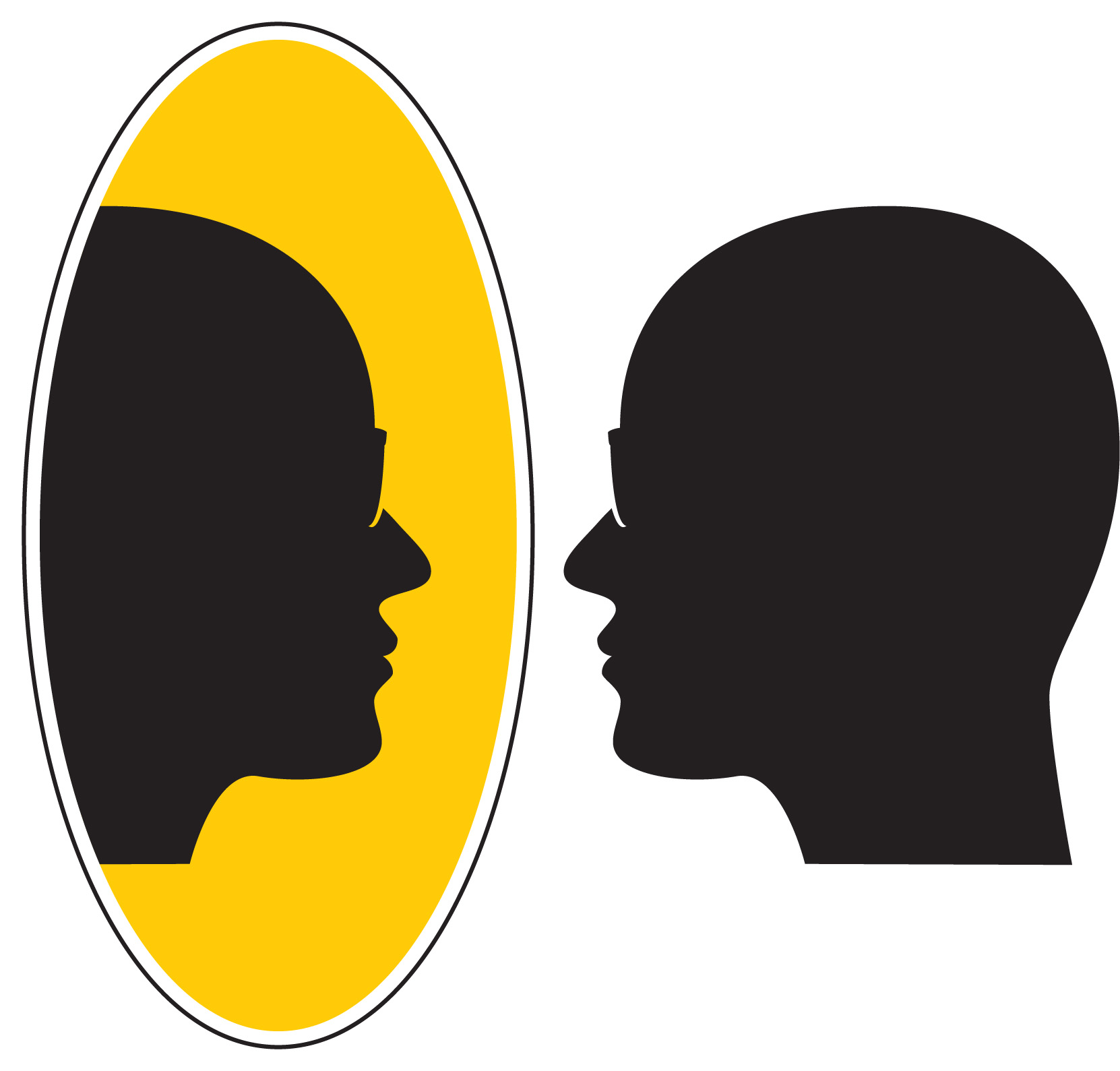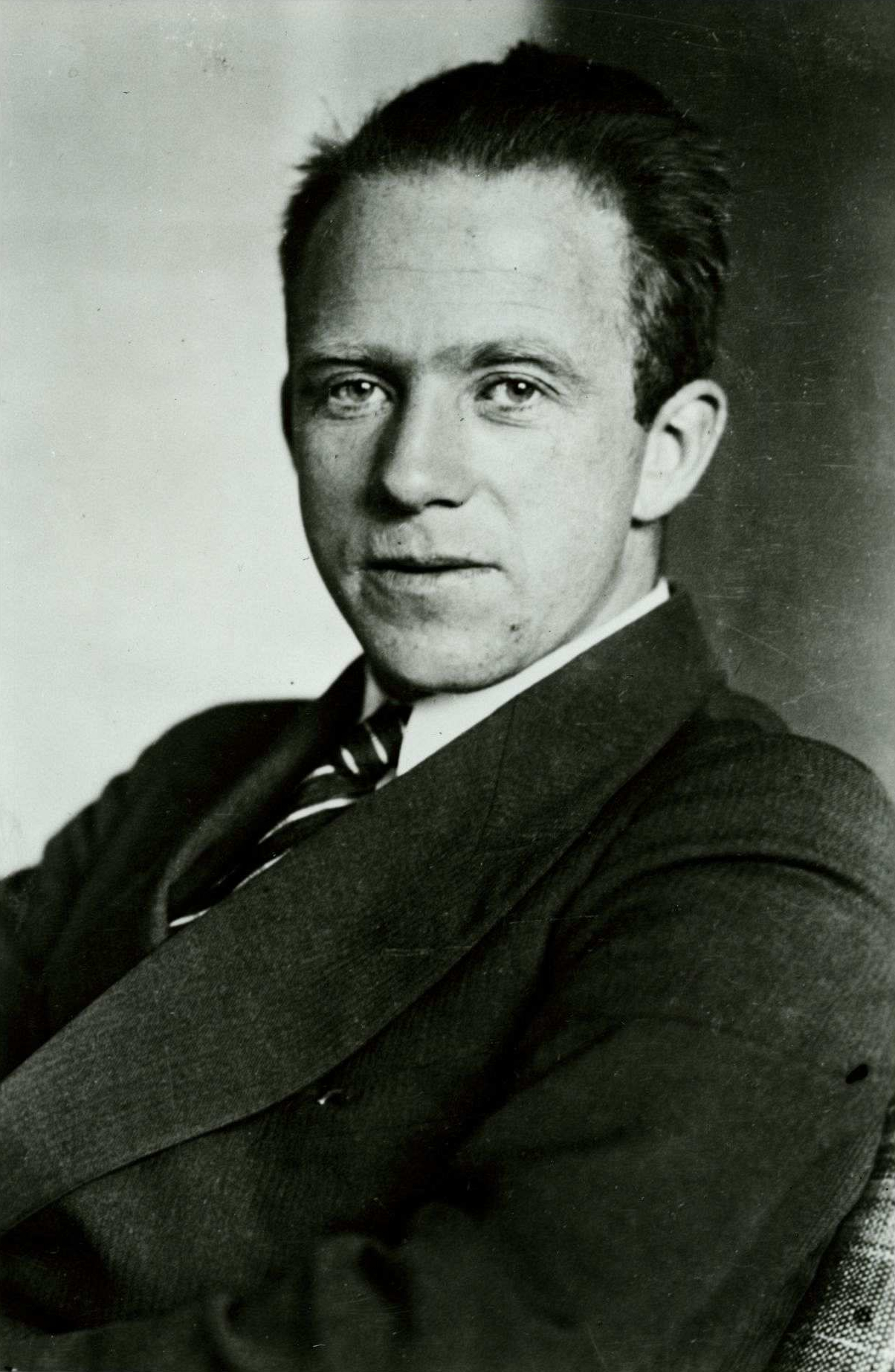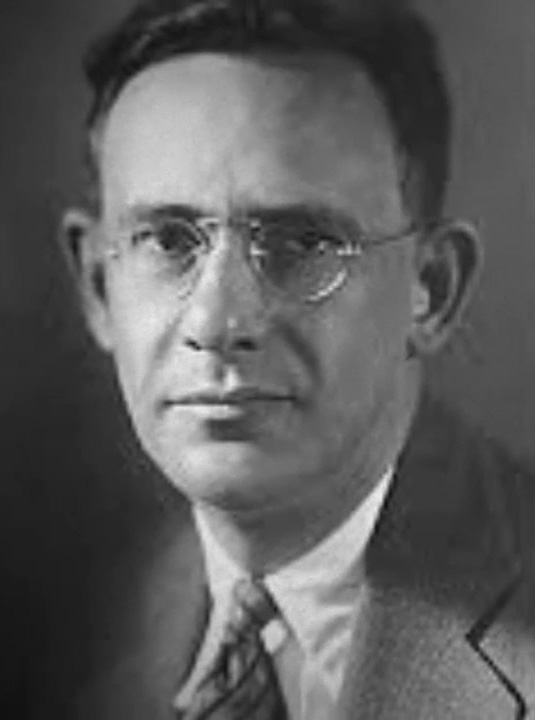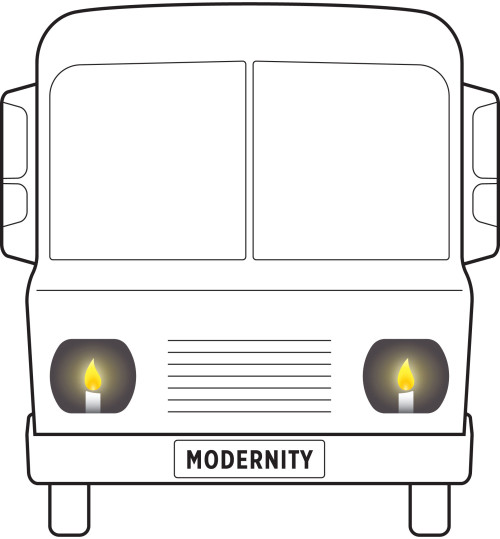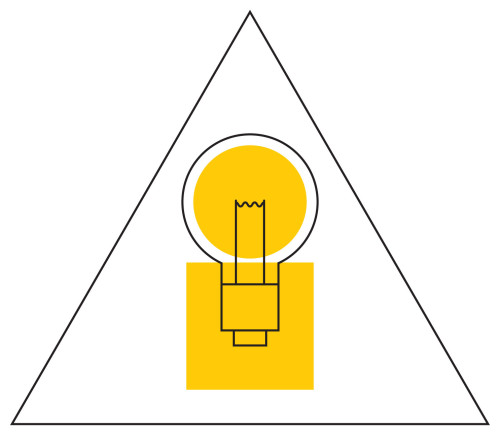IMAGES
Contents
- 1 Federation Through Images
- 1.1 Not all images are worth one thousand words.
- 1.2 – On every university campus there is a Mirror.
- 1.3 – [T]he nineteenth century developed an extremely rigid frame for natural science which formed not only science but also the general outlook of great masses of people.
- 1.4 – Short Whorf's quotation.
- 1.5 – Physical concepts are free creations of the human mind, and are not, however it may seem, uniquely determined by the external world.
- 1.6 The Modernity ideogram points to a natural way to become sustainable, and continue to evolve and progress.
- 1.7 The task of Knowledge Federation is to prototype and evolve a socio-technical 'light bulb'.
Federation Through Images
Not all images are worth one thousand words.
But the ideograms are! They play a similar role in knowledge federation as mathematical formulas do in traditional science. An ideogram can condense a wealth of insight and many pages of text into an image whose message can be recognized at a glance. Recall the Newton's formula, or Einstein's ubiquitous E=mc² – those are already ideograms! But the possibilities behind the ideographic approach are endless and vastly surpass the conventional maths. Indeed, those possibilities vastly surpass also our illustrations, and are yet to be developed through creative use of new media.
– On every university campus there is a Mirror.
We use this metaphor to point to the entry point to an emerging academic reality, and frontier (...).
– [T]he nineteenth century developed an extremely rigid frame for natural science which formed not only science but also the general outlook of great masses of people.
In his 1958 book-essay "Physics and Philosophy" Werner Heisenberg explains how... A longer version of Heisenberg's quotation. "One may say that the most important change brought about by [the results of modern physics] consists in the dissolution of this rigid frame of concepts of the nineteenth century", Heisenberg concluded. The point is – we have an *obligation* to correct the error – give the society a more broad and solid foundation for the creation of truth and meaning.
– Short Whorf's quotation.
Longer version of Whorf's quotation. Point by point, this quotation diagnoses the entire situation.
– Physical concepts are free creations of the human mind, and are not, however it may seem, uniquely determined by the external world.
Liberation from seeing the world in a certain way – and CREATING freely the way we see it! The point here is that the fact that reality has been increasingly recognized as a (source of - and consequence of) illusion puts us into a position to resolve the incongruities – by BOTH correcting the foundation AND make knowledge work remedial to (not damaging to) culture.
The Modernity ideogram points to a natural way to become sustainable, and continue to evolve and progress.
The bus represents our technologically advanced and fast-moving civilisation. The candle headlights represent the way information is created and used, which we have indiscriminately inherited from the past.
As a practical message, this image suggests that the ways of creating and sharing information we have inherited will not fulfil some of the purposes we now urgently need to take care of, notably the purpose of orienting our choices, or of 'illuminating the way'. By designing instead of inheriting what we do with information, suggests this image, we can now make the difference between a hazardous ride into the future, and using our technology to take us to places or conditions where we may justifiably wish to be.
In an academic or fundamental sense, the bus metaphor is pointing to an epistemological stance where information is no longer considered an objective image of reality, but as a part of this reality, or a system within a system, whose purpose is to fulfil certain specific roles. Under this epistemology, the creative acts to reconfigure what we do with information become basic research – as “the discovery of natural laws” has been in traditional science. The bus metaphor further points to the necessity of what we are calling systemic innovation, where we apply our creative capabilities, and our technology, to fulfil the purposes that must be served, rather than to reproduce the habitual practices and ways of working. The bus points to the need to turn our basic institutions or socio-technical “candles” into “lightbulbs”, and to the opportunity to invent and create on this larger, systemic scale. By doing that, suggests the bus metaphor, we may make a similar difference in the ream of our institution as the conventional innovation made by designing technical objects, since the age of the candle.
The task of Knowledge Federation is to prototype and evolve a socio-technical 'light bulb'.
The “i” in the above metaphorical image, composed of a circle on top of a square, renders the information that Knowledge Federation undertakes to create in a nutshell. The purpose of this information is to provide direction-setting high-level insights (represented by the circle), based on a multiplicity of lower-level insights (represented by the square), which illuminate an issue or phenomenon from multiple sides.
What is being shared here – and you may watch it evolve and emerge through time – is the third book of the Knowledge Federation Trilogy titled "Knowledge Federation" and subtitled "Science for the Third Millennium". The idea is to render an academically sound and convincing argument – in an entertaining and engaging cartoon-like format – that "science" (what we collectively rely on to provide us truth and meaning) must become something entirely different than what it presently is.

